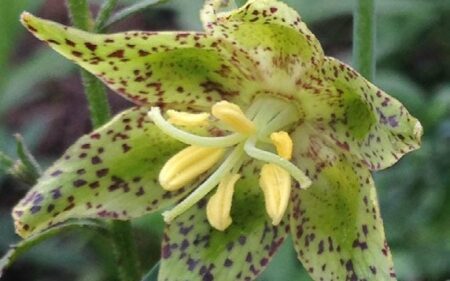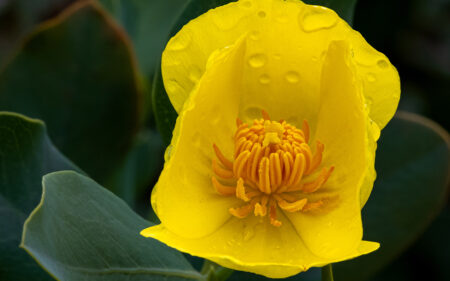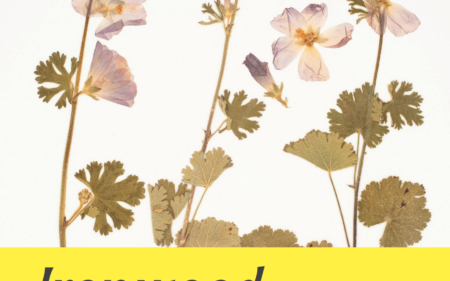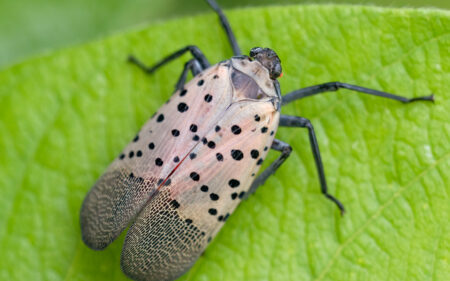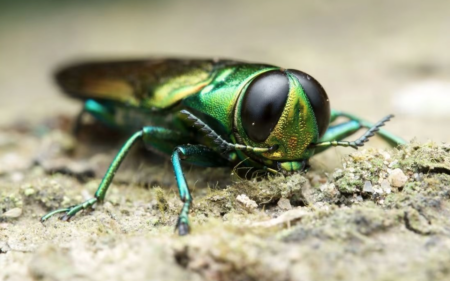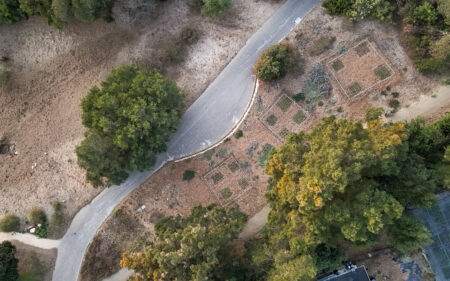Mi charla con la botánica e ilustradora Linda Vorobik, Ph.D.
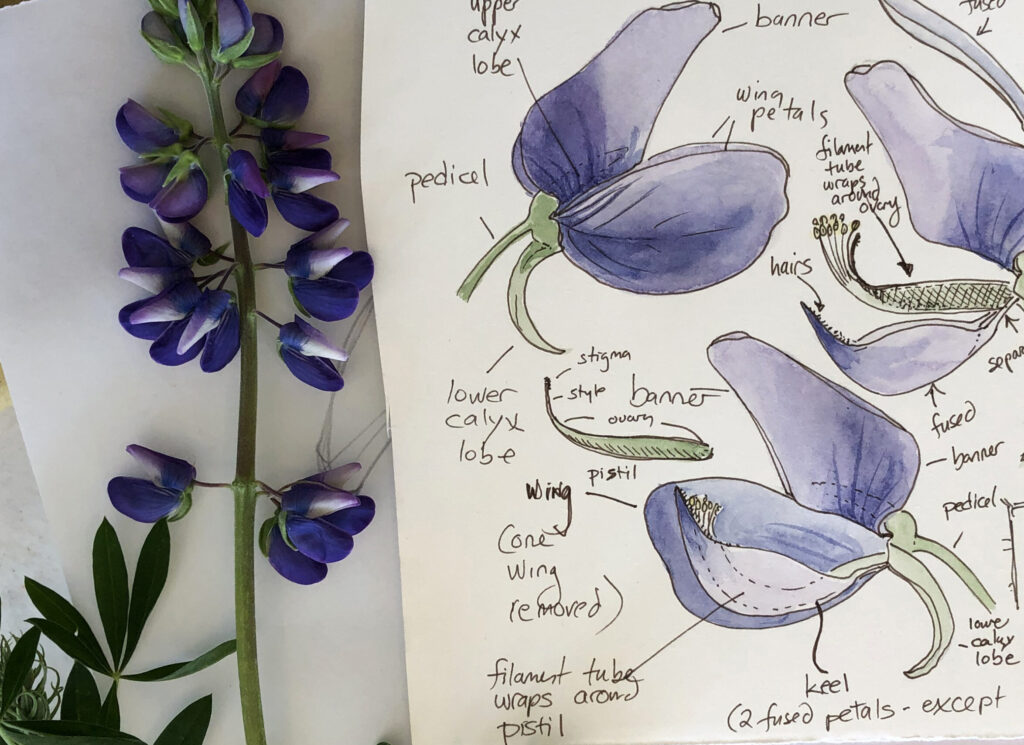
Linda Ann Vorobik es botánica, ilustradora botánica y colaboradora habitual del Jardín Botánico de Santa Bárbara. En el Jardín, nos sentimos afortunados de contar con su apoyo como ilustradora profesional que proporciona ilustraciones técnicas para la florística del Jardín (incluida la próxima flora completa de las ocho Islas del Canal de California) y como instructora que proporciona orientación a nuestros miembros y al público.
Linda ha trabajado como investigadora, educadora e ilustradora para varios proyectos, entre ellos Sierra Nevada Plants: Wildflowers to Trees, y The Jepson Manual: Plantas superiores de California. Antes de su próxima clase aquí en el Jardín, le hicimos a Linda algunas de nuestras preguntas más candentes sobre el dibujo de plantas, la botánica y la conexión con la naturaleza a través del arte.
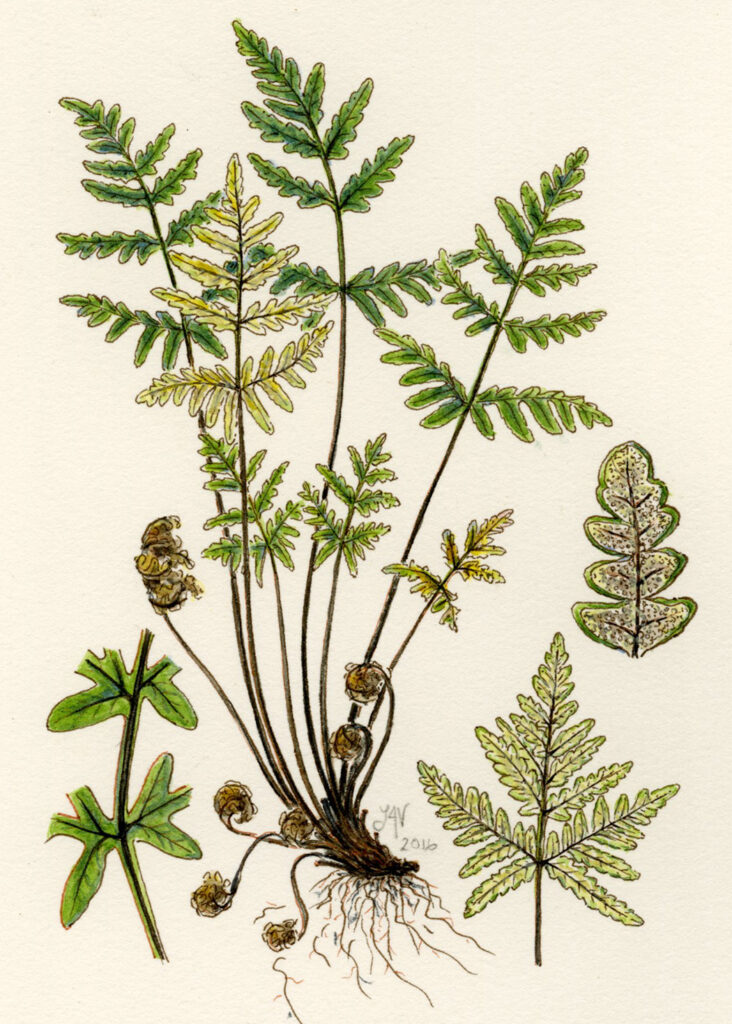
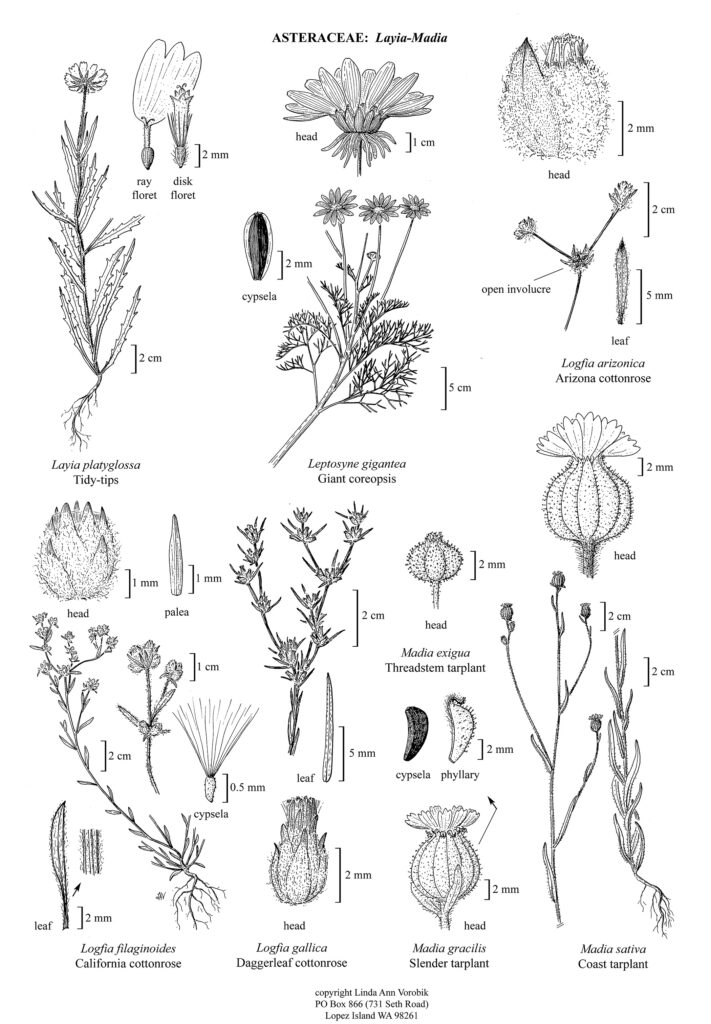
Placa de Asteraceae de A Flora of Santa Catalina Island, M. Guilliams et al.
¿A qué edad desarrolló su pasión por el arte? ¿La botánica?
Mi pasión empezó cuando era niña. Por suerte para mí, mis padres compraron el terreno en el que vivo ahora en las Islas San Juan, WA, así que crecí con veranos y fines de semana rodeados de belleza natural. Y en vez de juguetes por Navidad, ¡recibí material de arte!
La ilustración botánica está a medio camino entre el arte y la ciencia. ¿Cómo informa su arte a su ciencia y viceversa?
Soy un botánico "tradicional". El trabajo que hago como botánico tiene mucho que ver con una observación muy cuidadosa. Y en eso consiste la ilustración botánica: en una observación cuidadosa. La gran ventaja que tengo como ilustrador botánico es que sé utilizar el microscopio de disección (una herramienta utilizada por los científicos que ofrece una vista ampliada y tridimensional de un espécimen). También entiendo la literatura botánica y conozco y comprendo la terminología botánica y lo que busco en términos de detalles.
Ha realizado ilustraciones botánicas para varias floras fundamentales de California, como el Manual Jepson, las Floras de la isla Santa Cruz y la Flora de la isla San Nicolás del Jardín Botánico de Santa Bárbara, así como la próxima flora de las ocho islas del Canal producida por el Jardín. ¿Cómo le ha ayudado a ser mejor botánico realizar todas estas ilustraciones?
No te olvides de la próxima Flora de la isla de Santa Catalina. Ha sido un placer estudiar e ilustrar todas estas plantas, especialmente las de las Islas del Canal. Al hacerlo, me he familiarizado más con las plantas del sur de California. Muchos no se dan cuenta de que soy un botánico doctorado, así como un artista, ya través de la ilustración he aumentado en gran medida mi familiaridad con las plantas de California. Mi trabajo como ilustrador es crear dibujos que apoyen las claves y descripciones, y por ello he leído y utilizado todas estas claves para los grupos de plantas que he ilustrado. Me he convertido en un aficionado a las claves bien escritas, fui editor técnico de la Yosemite Flora de Steve Botti, y he impartido numerosas clases y talleres ayudando a los participantes a saber cómo utilizar las claves botánicas (y a veces he reconocido sus defectos).
¿Qué consejo le daría a alguien interesado en mejorar sus conocimientos de botánica?
Lleva un cuaderno de bocetos con notas. Asiste a todas las clases y talleres que puedas y practica botánica con un amigo. (Mi amiga botánica favorita es Susan Dalcamo, mi supervisora para las ilustraciones del Manual Jepson y creadora de los Talleres Jepson).
¿Qué consejo le daría a alguien interesado en mejorar su técnica de ilustración botánica?
Dibuja, dibuja, dibuja y conviértete en botánico. Prueba a empezar en la Sociedad de Plantas Autóctonas de tu localidad, dibuja en tu jardín botánico local (o en cualquiera), asiste a todos los talleres de botánica y arte botánico que puedas, sé aprendiz de un botánico, pero solo para unos pocos dibujos... y luego cobra por tus servicios.
¿Hay algún ejercicio que recomiende a quienes estén interesados en identificar mejor las plantas y reconocer sus diferentes estructuras?
Practica, practica y practica. Asiste a clases y talleres. Trabaja con un amigo. Persevera.
¿Qué tipo de equipo básico recomienda a alguien que esté interesado en aprender ilustración botánica, sobre todo sobre el terreno?
Para el trabajo de campo, un lápiz Pentel HB, una goma de borrar de plástico blanco, una lupa de mano (o la mayoría de los teléfonos tienen una lupa) y un cuaderno pequeño (lo suficientemente fácil de llevar en el campo).
Para el color, un pequeño lápiz de color o un kit de acuarela.
Para estar cómodo, ropa adecuada al tiempo. Algo para sentarse es agradable, repelente de insectos, protector solar y un sombrero.
Y unas cuantas respiraciones profundas para calmarte y prepararte para lo que yo llamo: "largas citas con las plantas".
También puedes consultar mi blog para saber más sobre esta cuestión en concreto.
"Largas citas con las plantas". . . Eso me gusta. ¿Puedes describir cómo es para ti una gran cita con una planta? ¿Cuánto tiempo pasa con una planta? ¿Trabaja principalmente sobre el terreno o lleva especímenes al estudio?
Creo que la razón principal por la que me encanta la frase "largas citas con las plantas" es que, independientemente del tiempo que pase observando un espécimen, ya esté conservado o vivo y en el campo, siempre descubro más cosas sobre él. El ejemplo al que me gusta referirme es mi pintura de una flor de Dodecatheon pulchellum (o Primula pulchellum, si se quiere). Había visto esta planta muchas veces en el campo, pero hasta que no la pinté, ¡nunca me había fijado en el asombroso colorido de las flores!
Tengo varias citas con las que disfruto.
Trabajando en las floras de las Islas del Canal o en ilustraciones de nuevas especies, mis citas son especímenes de herbario, pero como soy un empollón de museo, y un herbario es un museo de especímenes de plantas (en su mayoría) prensadas, estas citas molan mucho. Disfruto retándome a mí mismo a llevar un espécimen de planta marrón aplastado a la tridimensión, deleitándome con los detalles que encuentro dando vueltas con el microscopio de disección.
Las citas con la acuarela tienen otro sabor. Crear un dibujo sencillo y luego pensar en el color y la forma. Son todas las buenas cosas sensuales de trabajar con pinturas y pinceles.
Algunas de mis citas favoritas son sobre el terreno. Es muy divertido encontrarse con una especie que no he visto viva antes, ¡en comparación con haber visto sólo a uno de sus parientes muertos conservados pegados a una hoja de herbario!
¿Nos puede dejar cinco plantas o estructuras comunes autóctonas de California que le guste dibujar?
Los quiero a todos. Es como pedirle a un padre que nombre a su hijo favorito. Mi respuesta es que me gustan mucho las orquídeas y los helechos, y en especial cualquier miembro de Asteraceae. Esta familia parece formidable, pero una vez que miras de cerca la cabeza de la comp en cuestión, normalmente puedes ir directo al género. Y ahora que lo pienso, disfruto mucho con los grupos difíciles, las gramíneas, las juncias, los juncos, Atriplex y Phacelia, por ejemplo. Siento que ayudo a los botánicos en su tarea de identificación si hago un buen trabajo con mis ilustraciones.
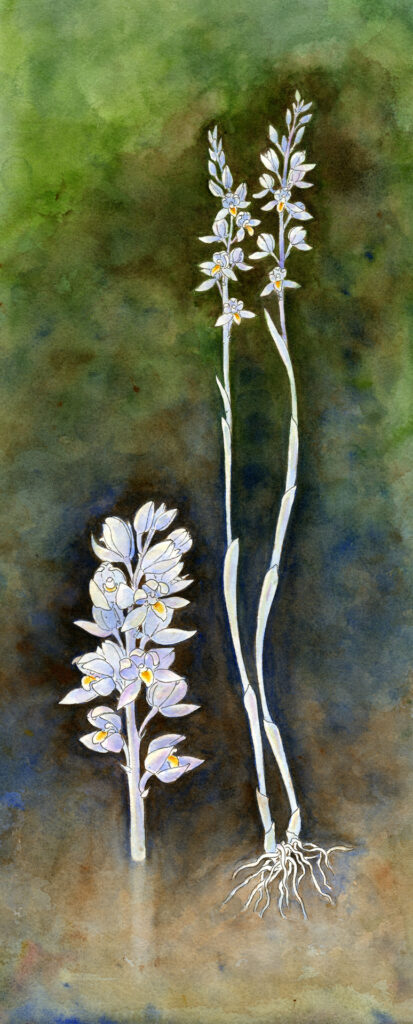


 Donar
Donar